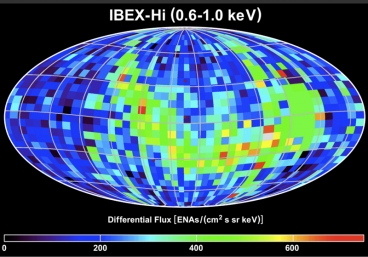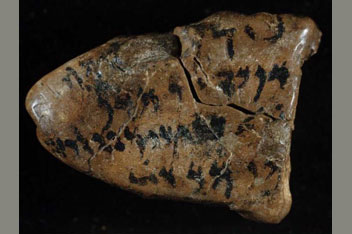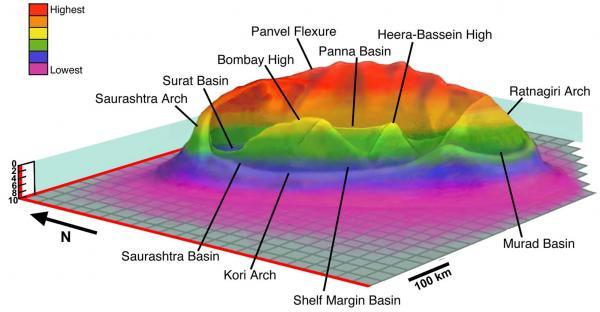
© Southwest Research InstituteThe IBEX satellite maps the boundary layer of the sun's bubble, or heliosheath. This map shows this data plotted on an all-sky image, revealing the bright ribbon-like structure (in greens, yellows and reds) swirling across the sky.
New observations indicate the heliosphere - the sun's sphere of influence - has a different shape than theorists had expected.
The sun's environment in interstellar space - the heliosphere - is essentially a bubble that encompasses the entire solar system and has a diameter about 100 times the distance from the Earth to the sun. This region, in which the solar wind dominates before it smashes into the surrounding galactic gas and dust, was supposed to look something like the shape of a comet: a region pushed inward on one side and streaming outward on the other. But a new NASA orbiting observatory designed to study this vast zone found something completely different.
Our sun's sphere of influence, according to a series of papers published in
Science on Oct. 16 detailing the initial results from the Interstellar Boundary Explorer (IBEX) satellite, seems instead to be a bubble that is cinched at the waist by a vast ribbon as seen by energetic neutral atoms - atoms that are not electrically charged, but are moving very fast through space - that are glowing 10 times more brightly than anyone had expected from anything in this region called the heliosphere. The textbook descriptions of the heliosphere, according to
Science's accompanying news story, will have to be entirely rewritten.



